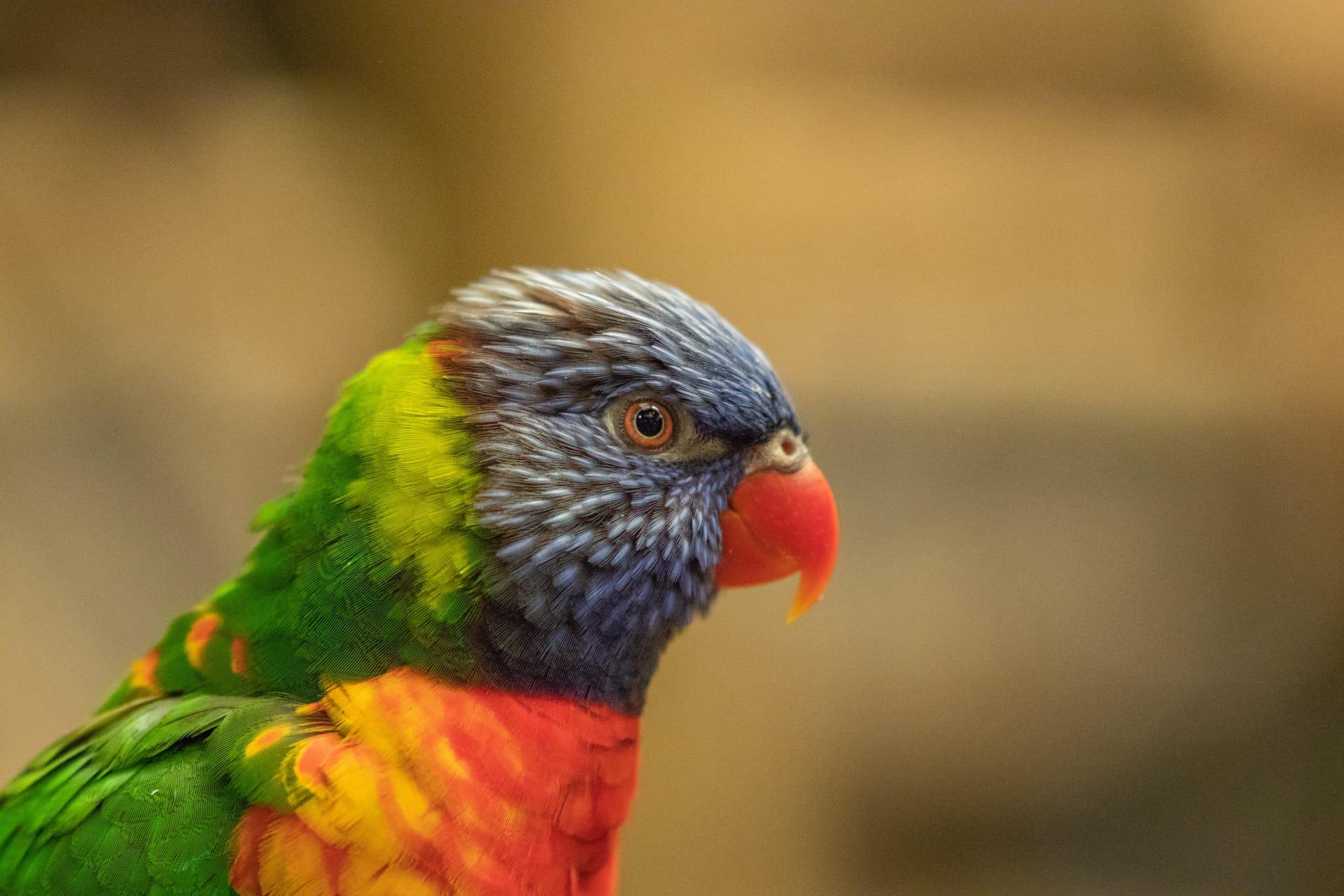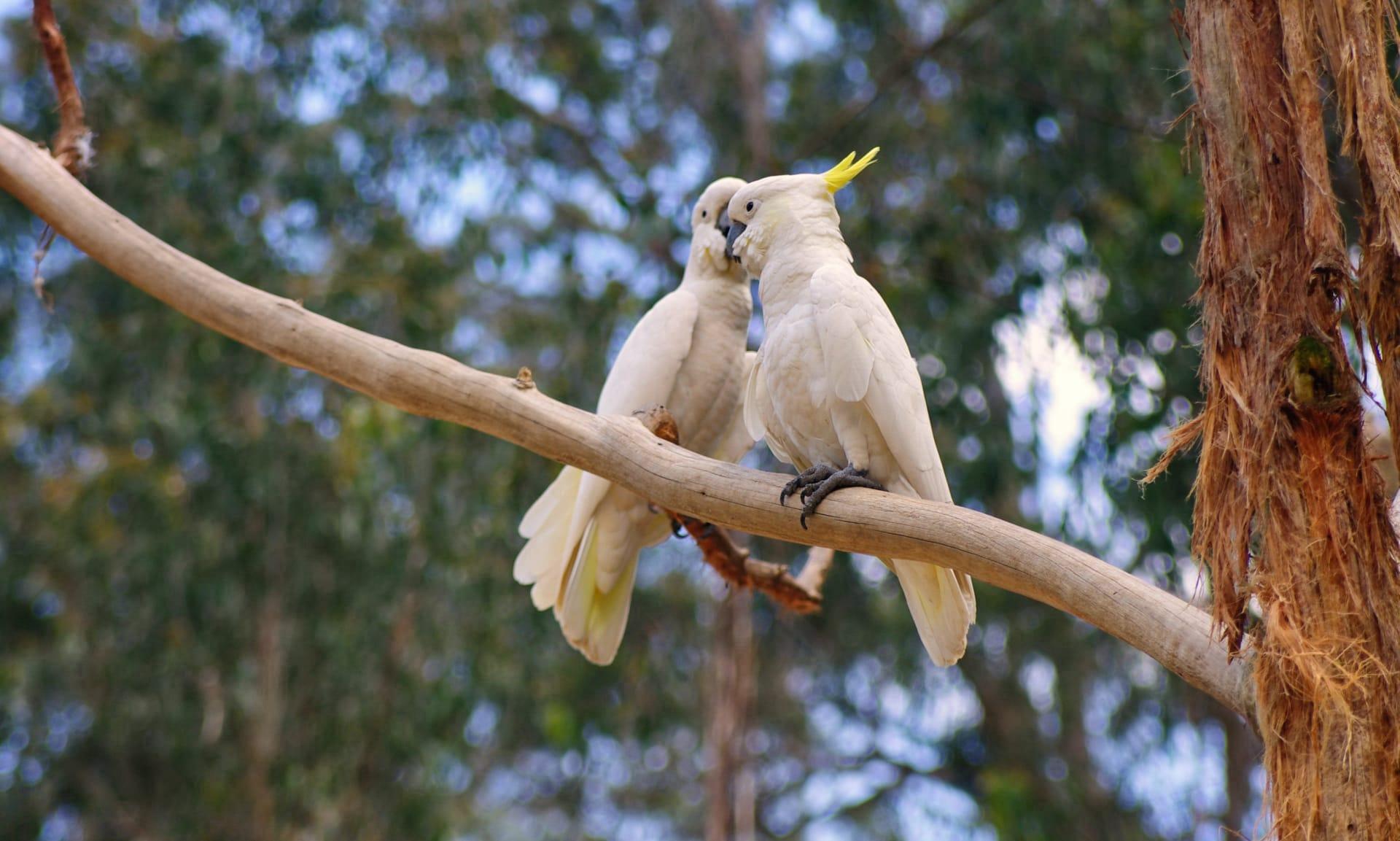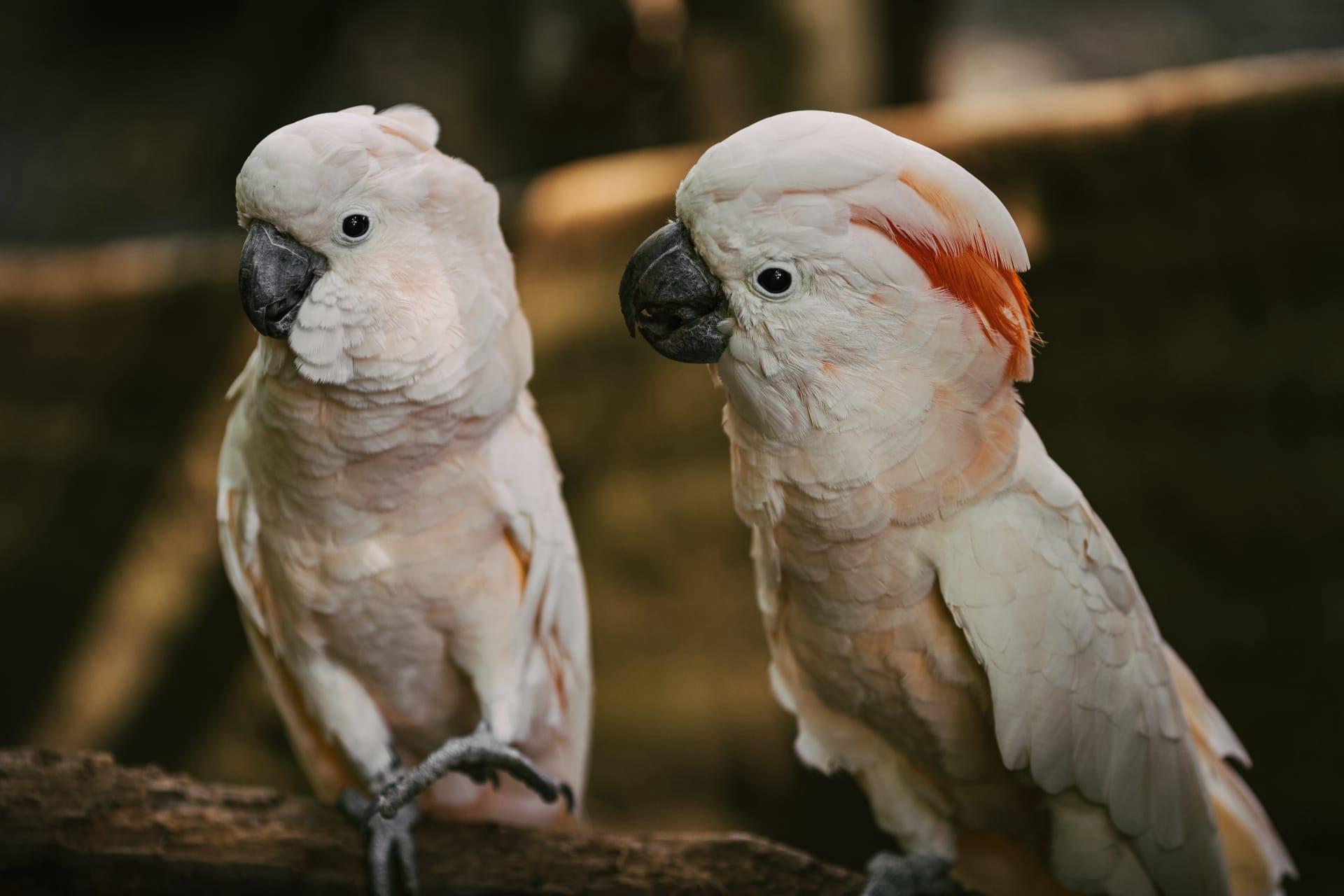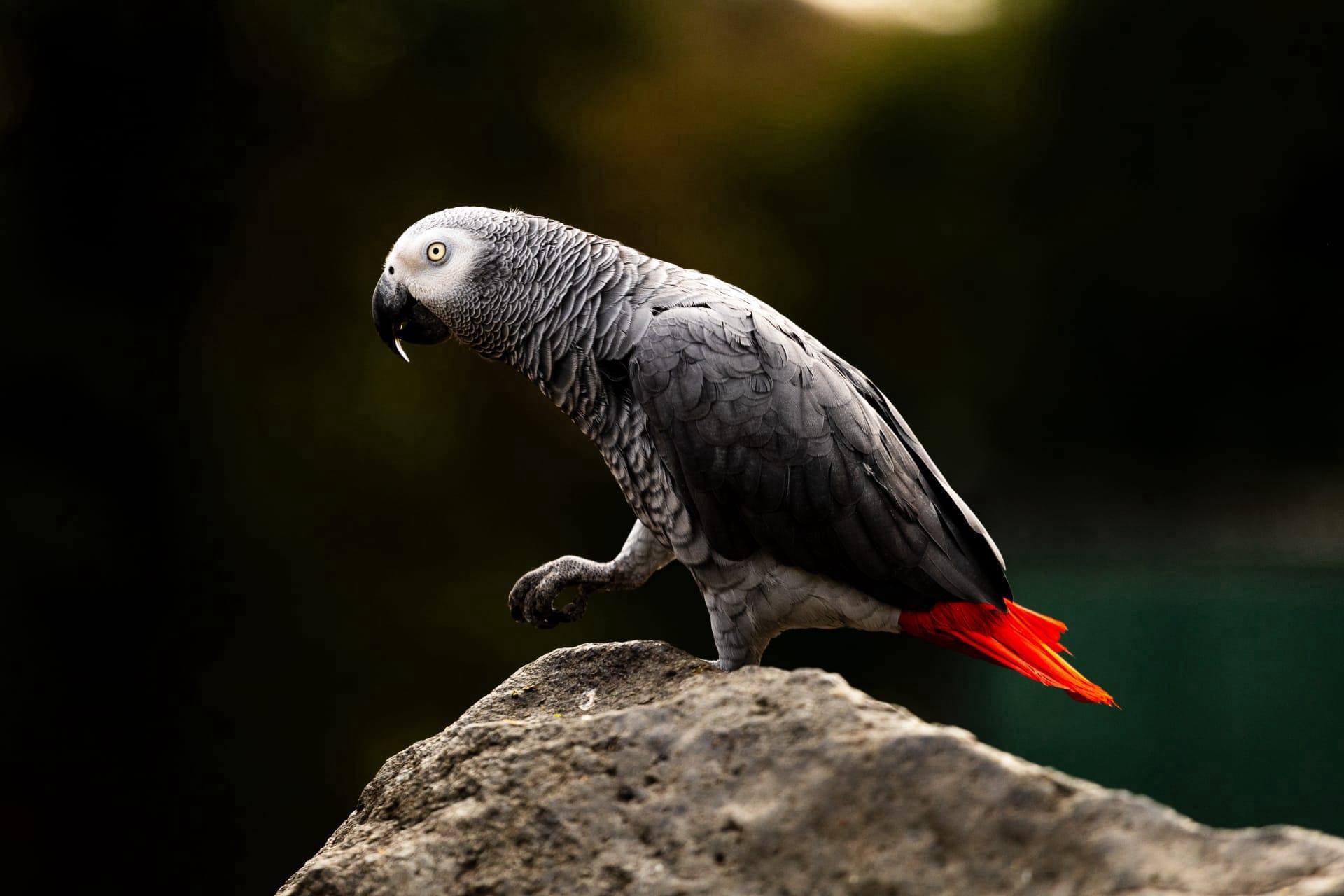Cockatoo Characteristics
- Home /
- Mini Encyclopedia /
- Animal /
- Cockatoo Characteristics
1
Cockatoos, those charismatic birds with a flair for the dramatic, are a sight to behold in the avian world. Known for their distinctive crests and curved beaks, these birds typically range in size from about 12 to 24 inches in length, depending on the species. They're not lightweight either, tipping the scales at around 300 to 1,200 grams. These birds are also marathoners in the lifespan race, often living up to 40-60 years in captivity, with some even reaching the ripe old age of 70.
One of the most fascinating organs of a cockatoo has to be its beak. This isn't just any old bird beak - think of it as a Swiss Army knife of the bird world. Strong and curved, it's perfect for cracking open nuts and seeds, their main diet. But it's not all about food; this beak is a climbing aid and a tool for digging and foraging too. Ever seen a cockatoo hanging upside down from a branch? That’s the beak working its magic, acting as a third limb to help maneuver around with agility.

2
Question: Why do cockatoos have such large, expressive crests?
Answer: The crest of a cockatoo isn't just for show – it's a complex communication tool. These birds use their crests to express their emotions, ranging from excitement and curiosity to fear and aggression. When relaxed, the crest lays flat, but watch out when it's fully raised – that's cockatoo for "I'm super interested" or "I might be a bit upset." This crest, varying in color and size among species, is also used in mating displays, making it an essential part of their social interaction toolkit.

3
Movement-wise, cockatoos are a bunch of acrobats. They're adept flyers, but they really shine when it comes to climbing and swinging on branches, thanks to their strong feet and claws. Their zygodactyl feet (two toes pointing forward and two backward) give them a strong grip, ideal for maneuvering through trees and holding onto food.
When it comes to feeding, these birds are like the master chefs of the bird world, specializing in a varied diet. Cockatoos primarily feast on seeds, nuts, berries, and sometimes insects. They use their strong beaks to crack open hard shells and dig into tricky-to-reach spots for food. In the wild, you'll often find them foraging in flocks, chattering away as they scour for their next meal.

4
Cockatoos are typically found in the woodlands, rainforests, and bushlands of Southeast Asia and Australia. They thrive in these environments, which offer abundant food sources and nesting opportunities. These birds are particularly fond of forest edges and clearings, as well as agricultural areas where they can scavenge for food.
As for reproduction, cockatoos are quite the dedicated parents. They usually find a mate for life, and their nesting ritual involves finding or creating a hollow in a tree. Females lay 1 to 3 eggs, which both parents incubate and care for. The young are born altricial (helpless), relying entirely on their parents for warmth and food. This nurturing phase is crucial as it forms strong familial bonds and equips the young birds with the skills needed for survival.

5
Book: "Cockatoos: The Complete Guide" by Quentin Alder (USA, 2010). This comprehensive guide dives into the captivating world of cockatoos, covering everything from species identification to care in captivity. Alder, with years of avian experience, brings the birds' personalities to life, offering insights into their behavior, diet, and habitat needs.
Book: "Feathers and Fables: The Cultural Impact of Cockatoos" by Emily Hawthorne (Australia, 2015). Hawthorne's book is a fascinating exploration of how cockatoos have influenced art, folklore, and indigenous stories in Australia and Southeast Asia. Blending natural history with cultural anthropology, it provides a unique perspective on these charismatic birds and their role in human societies.